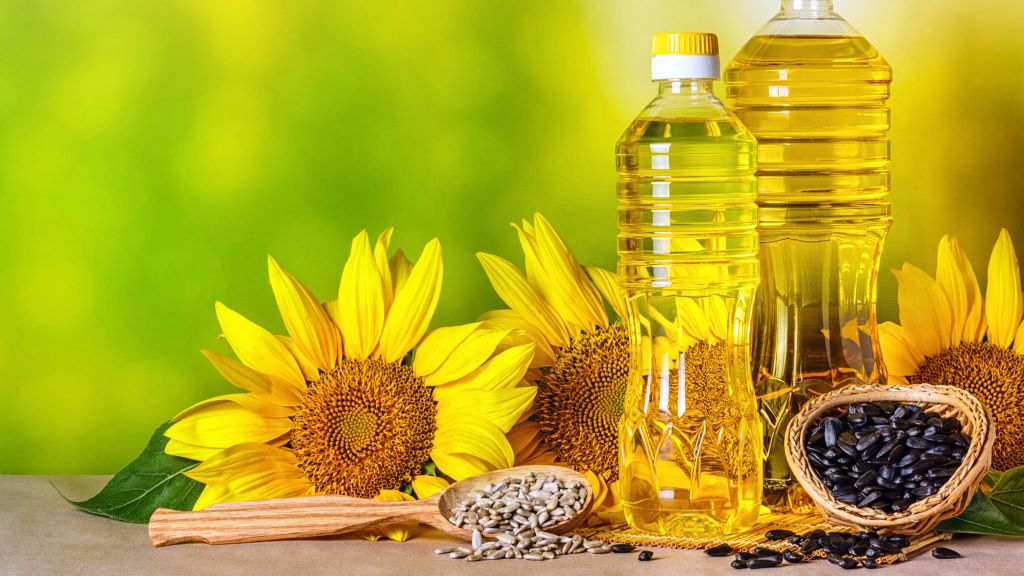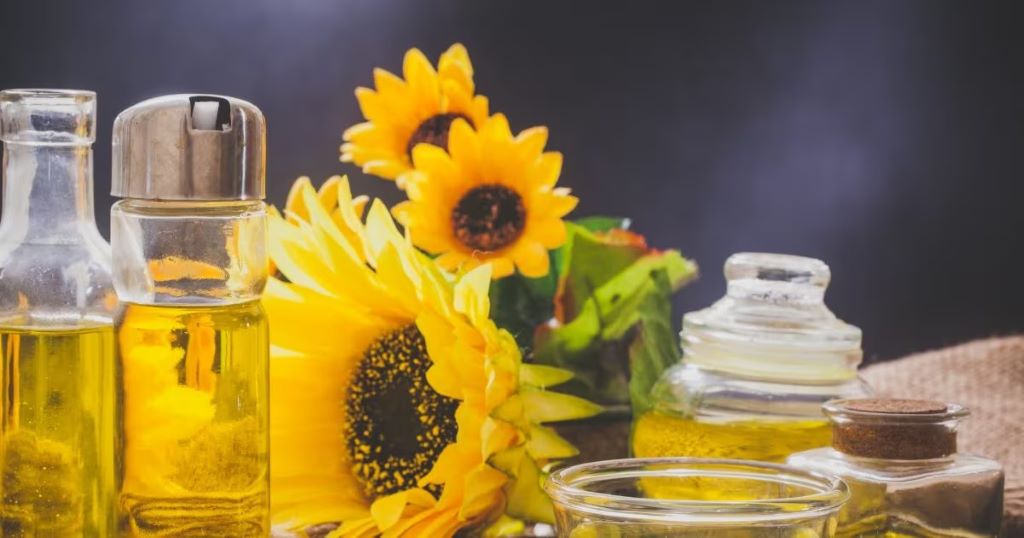What Are the Edible Parts of a Sunflower?

Sunflowers, with their vibrant yellow petals and towering stems, are not only a sight to behold but also offer various edible parts that can be incorporated into your culinary adventures. From the seeds to the leaves and even the roots, sunflowers have hidden gastronomic treasures waiting to be discovered. In this article, we’ll delve into the world of sunflowers and explore the edible parts that can grace your plate.
The Sunflower Plant: A Brief Overview
Before we explore the delectable components of the sunflower, let’s get to know this plant a little better. Sunflowers (scientifically known as Helianthus annuus) are native to North America and have been cultivated for thousands of years. They are renowned for their large, yellow blossoms that track the sun’s movement throughout the day. Explore do sunflowers grow back after cutting?
Edible Sunflower Parts
1. Sunflower Seeds
Sunflower seeds, often consumed as a snack, are a popular and well-known edible part of the plant. These seeds are packed with nutrients, including healthy fats, protein, and various vitamins and minerals. You can enjoy them roasted, salted, or unsalted as a crunchy, satisfying treat. Sunflower seeds are also used in baking and cooking, adding a delightful nutty flavor and texture to various dishes.
2. Sunflower Petals
While not as commonly consumed as the seeds, sunflower petals are edible and can be a delightful addition to salads and garnishes. They add a pop of color and a mild, slightly bitter flavor to your culinary creations. Sunflower petals are often used in gourmet cuisine to elevate the visual appeal of dishes.
3. Sunflower Buds
Sunflower buds are tender and edible when they are still in the early stages of development. They have a crisp texture and a flavor reminiscent of artichokes. These buds can be steamed, sautéed, or even pickled to create unique and flavorful dishes.
4. Sunflower Leaves
Sunflower leaves are not commonly consumed, but they are indeed edible. They have a somewhat bitter taste and can be used sparingly in salads or as a cooked green similar to spinach or kale. However, be cautious when consuming sunflower leaves, as some individuals may experience digestive discomfort.
5. Sunflower Roots
The roots of sunflowers are lesser-known but can be harvested and consumed. They have a nutty and earthy flavor, similar to certain tuber vegetables. Sunflower roots can be boiled, roasted, or used in soups and stews, adding a unique twist to your dishes.
Nutritional Benefits
Incorporating the edible parts of a sunflower into your diet can offer several health benefits. Here’s a quick look at some of them:
- Sunflower Seeds: Rich in healthy fats, fiber, and vitamin E, sunflower seeds can support heart health and provide antioxidant protection.
- Sunflower Petals: While not as nutritionally dense as other parts, sunflower petals can add color and a mild flavor to your meals.
- Sunflower Buds: These provide dietary fiber and essential nutrients, making them a healthy addition to your diet.
- Sunflower Leaves: Although consumed in moderation, sunflower leaves can contribute to your overall vegetable intake.
- Sunflower Roots: Packed with nutrients, including fiber and minerals, sunflower roots can diversify your culinary experiences.
Cooking with Sunflower Parts
Now that you know the edible parts of a sunflower, you can experiment with various recipes. Try adding sunflower petals to your summer salads, roasting sunflower seeds for a crunchy snack, or incorporating sunflower buds and roots into your savory dishes. The possibilities are endless, and sunflowers can add a unique twist to your culinary creations.
Conclusion
In conclusion, sunflowers are not just beautiful garden ornaments; they offer a range of edible parts that can enhance your culinary adventures. From the well-known seeds to the lesser-explored buds, leaves, and roots, sunflowers provide a diverse array of flavors and textures to experiment with in the kitchen. So, the next time you gaze upon a sunflower, consider the delicious possibilities it holds.
FAQs (Frequently Asked Questions)
- Can you eat all varieties of sunflowers?
No, not all sunflower varieties are suitable for consumption. It’s essential to know which varieties are edible and safe for consumption.
- Are sunflower seeds a good source of protein?
Yes, sunflower seeds are a decent source of plant-based protein, making them a great addition to vegetarian and vegan diets.
- Are there any potential allergens in sunflower parts?
While allergies to sunflower parts are relatively rare, some individuals may be sensitive to them. It’s advisable to start with small quantities if you’re trying sunflower parts for the first time.
- How do you store sunflower seeds for maximum freshness?
To keep sunflower seeds fresh, store them in an airtight container in a cool, dry place, away from direct sunlight.
- Can sunflower petals be used in desserts?
Yes, sunflower petals can be used to decorate and flavor desserts, adding a touch of elegance and a mild floral note to your sweets.









